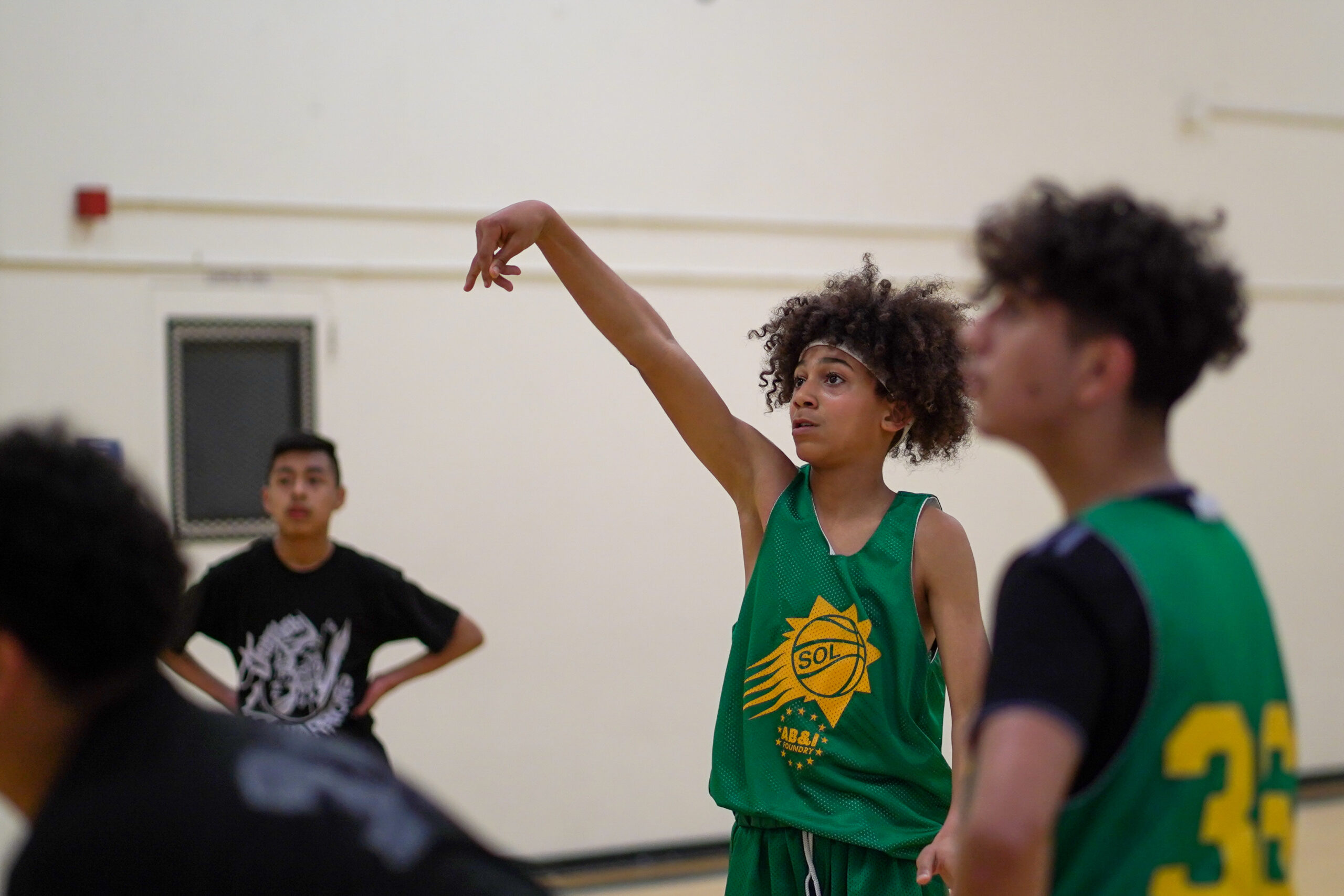Org Practice Call to Action
Set Short and Long Term Training Goals
Getting started with coach training is a short-term win. That’s something every sports organization can and should take on right away. However, it will take time and resources to get to the ideal state of training. Organizations should set clear, measurable goals to improve and expand training over time.
→What this looks like when we get it right: Sustained training results from investment over time, starting with clear short-term standards and building toward a long-term vision of confident, consistent, well-equipped coaches.
→Who can drive this change? Program Operators; Sports Governance; Coach Education; Service and Standards

Why This Issue
Organizations should regularly assess the current state of their coach training policies and plans. Short-term goals focused on safety represent the minimum, while a long-term strategy considers coach development over time and in response to evolving needs.
Getting Started
Understand what’s required. Training mandates vary based on local or state laws. Review what’s needed alongside the best practices recommended by experts in coach education.
Draw upon guiding frameworks. Training frameworks provide a strong starting point for understanding where a sports organization currently stands and needs to go.
Set baseline, short-term training standards. In the short-term, organizations should put a coach training policy in place and offer foundational training to their coaches. Training that aligns with safety certifications, mandated reporting, and basic youth development principles) are ideal entry points for organizations beginning their coach training journey.
Policies that are not burdensome to coaches can serve as a tool to introduce well-planned and relevant training to an existing base of coaches. They also provide a means for clubs, schools and programs to establish buy-in of new training.
Articulate the end goal. Organizations should define what their ideal training system looks like. Achieving the long-term goal will take time, resources, and commitment from leadership, but the result will be well-trained coaches who are more confident, more consistent, and better equipped to support young athletes.